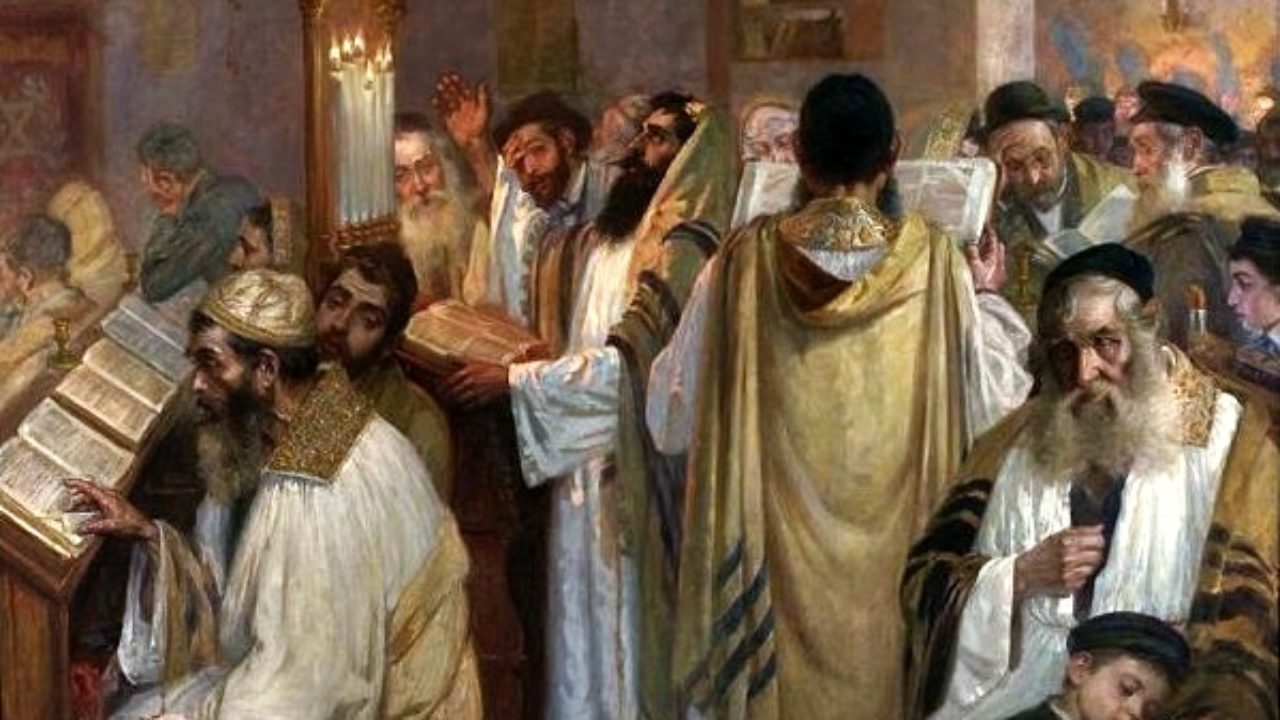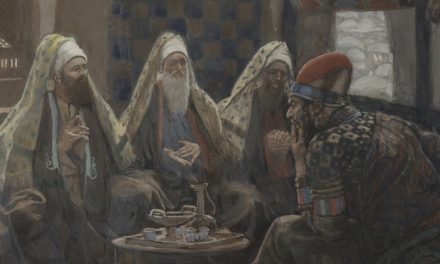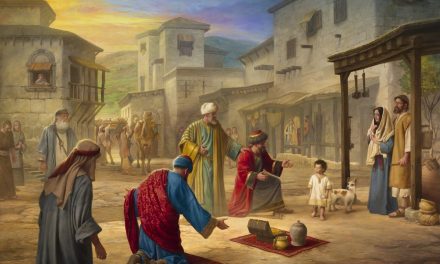
Jews believe in personal prayer and may fast at any time when they feel the need. Certain holidays, including the Sabbath, are to be so full of joy that Jews are commanded NOT to fast.
Fasting Among the Jews
Jews believe in personal prayer and may fast at any time when they feel the need. Certain holidays, including the Sabbath, are to be so full of joy that Jews are commanded NOT to fast. Jews don’t fast at all during the month of Nisan, which is the spring month when Passover occurs. They don’t fast during any other festival, either. People who are ill or pregnant should not fast, and if a person serves as a rabbi or in another role serving the people, they should not fast, as they need all their strength.
Jews fast on days that commemorate times when terrible things happened. “Tisha B’Av” notes the destruction of the temple and is a fast day. The Jews at the time of Jesus would not have done this, because the temple wasn’t destroyed until 70 A.D.
Only on one day of the year are Jews commanded to fast—Yom Kippur, the Day of Atonement.
There are 7 high holy days or festivals in Judaism, and they were all commanded by God during the Exodus. These festivals centered on the temple (or the tabernacle while they were in the wilderness) and required 3 pilgrimages each year.
Three festivals occurred during the spring pilgrimage during the month of Nisan and they all fit in 8 days: the Passover sacrifice, the Feast of Unleavened Bread, and the FirstFruits wave offering. The pilgrimage in the summer had just one holiday, the Feast of Weeks. The pilgrimage in the fall was a mirror image to the one in the spring.
While the spring holidays contain symbols of Jesus’ birth, ministry, crucifixion, and resurrection, the fall holidays have more to do with repentance and judgment. First is the Feast of Trumpets, which tells us to awake, arise, and gather because the righteous are being separated from the wicked. After 10 days of repentance called the Days of Awe, there is a national day of repentance called the Day of Atonement. This is followed by the Feast of Tabernacles.
Jews are commanded to fast on the Day of Atonement. While the temple still stood, blood atonement was at the forefront on this day. This was the only day the high priest could enter the Holy of Holies, and when he did, he sprinkled blood everywhere. This is the day when the sins of the nation were transferred to the “scapegoat” which was then killed or banished into the wilderness.





